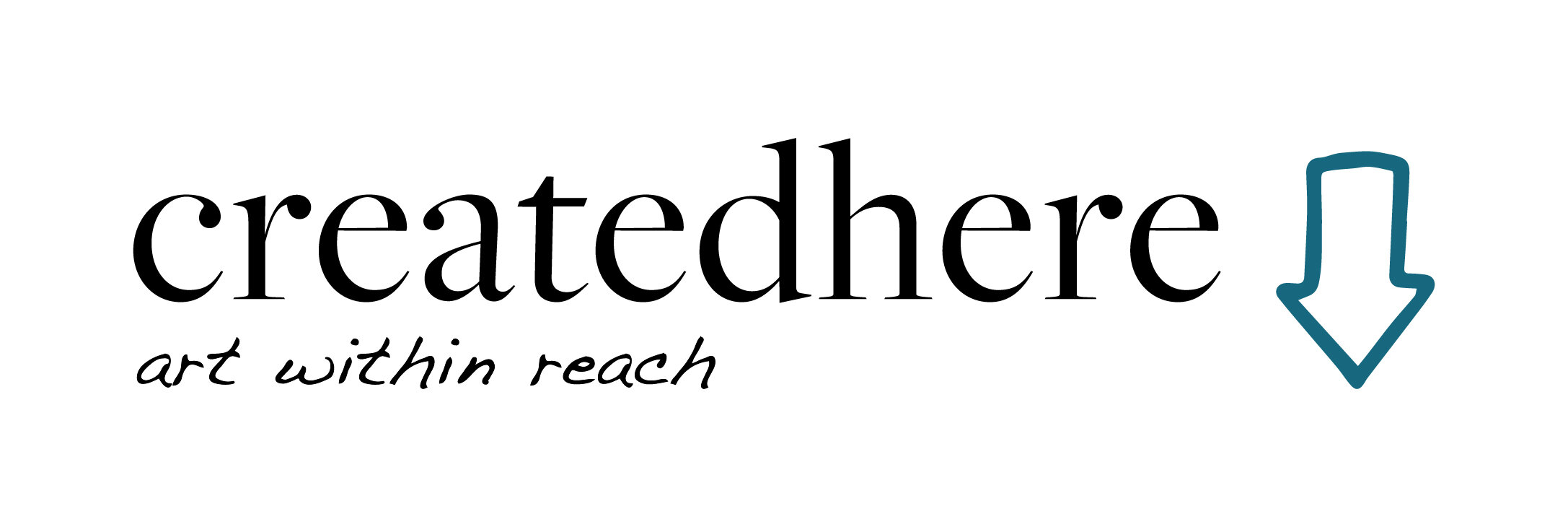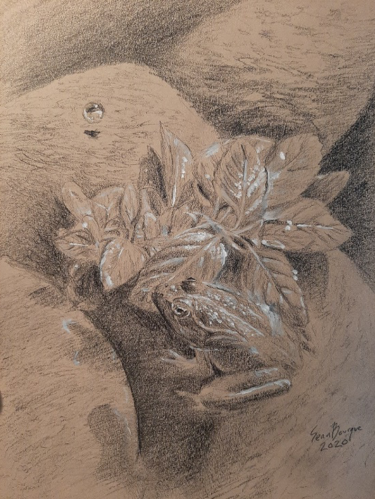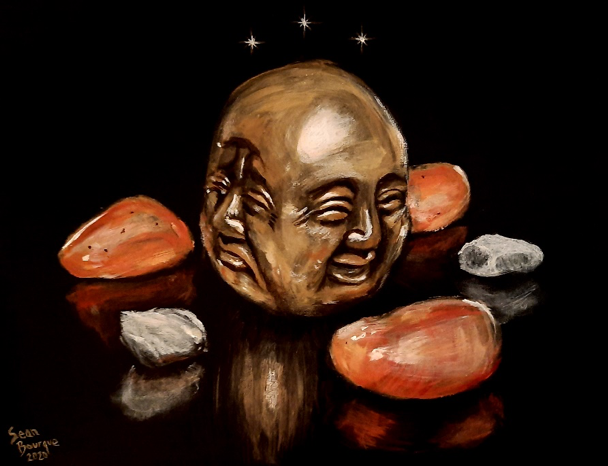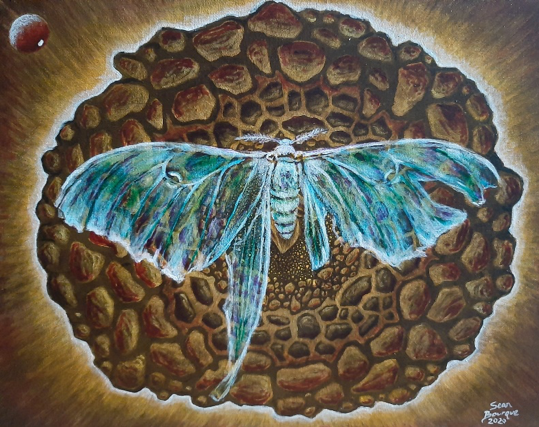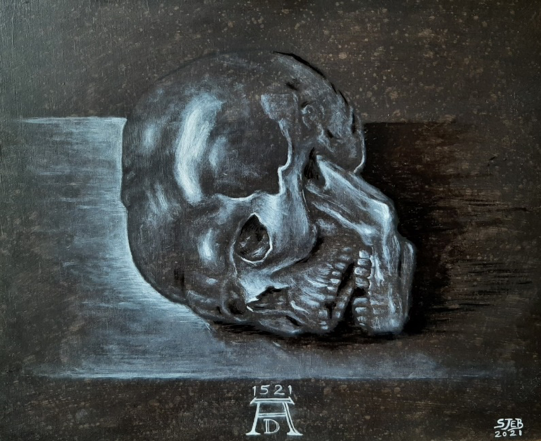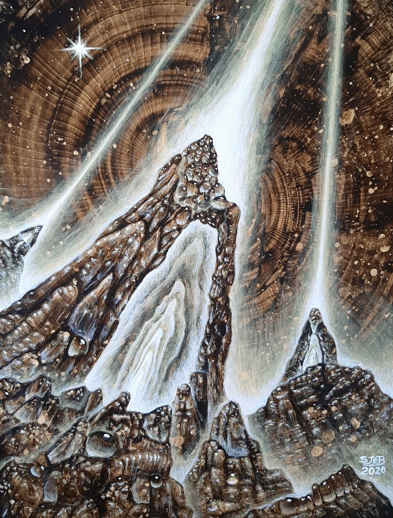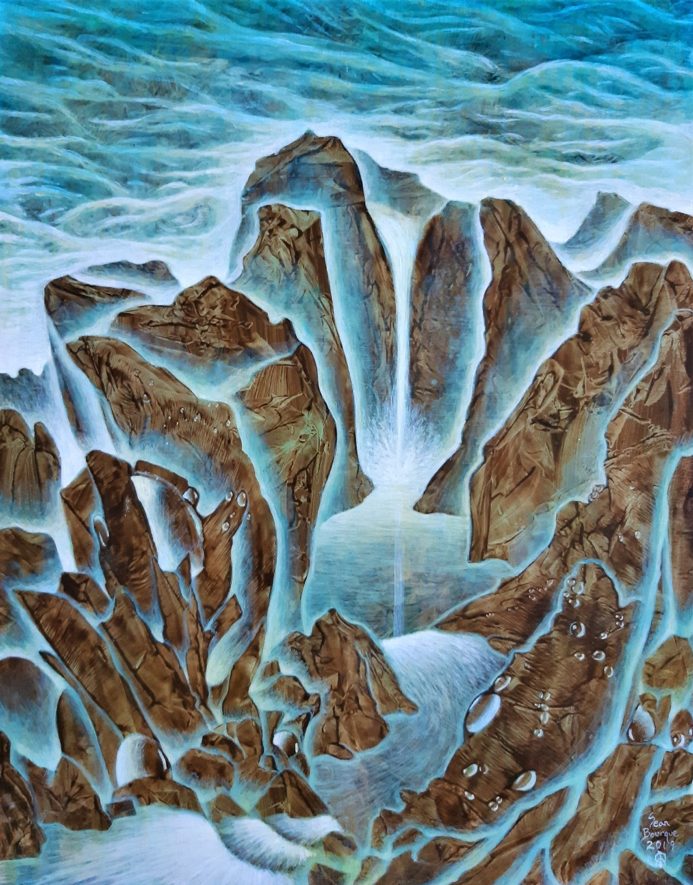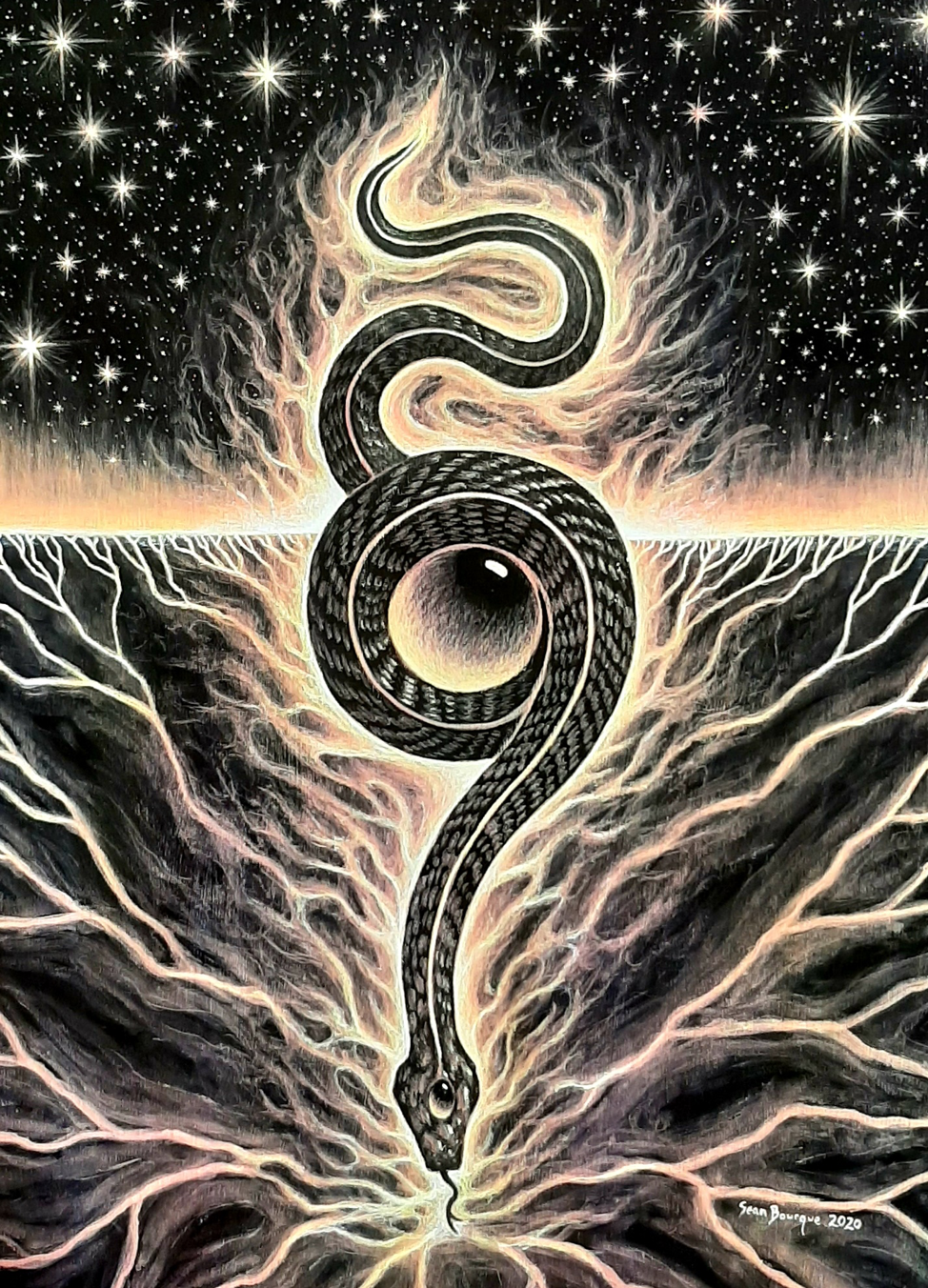Consistent Creativity: Developing Artistic Expression | Sean Bourque
“While also pursuing my own artistic expression, I have noticed what I consider to be four approaches to creating that serve as starting points that develop our creativity.”
Despite producing artwork of all kinds for almost 10 years, I often face creative blocks. I’ve been fortunate to find myself in some fascinating places, encountering wisdom of all sorts as I sought new creative experiences. I returned to the bare roots of creativity by teaching art to kids (largely ages 6 to 12 years old) on a regular basis for over a year. On the other hand, I continued to challenge myself with numerous mentorships from various affiliates of the Viennese Fantastic Realism, a movement distinguished from Surrealism by its representation of spirit, rather than of dreams or delusions. Engaging in both of these activities simultaneously while also pursuing my own artistic expression, I have noticed what I consider to be four approaches to creating that serve as starting points that develop our creativity. In this sense, we are able to conjure our creativity, rather than depend on it to dawn upon us.
Observations
Fundamentally, subjects can always be drawn directly from life. When lacking inspiration, we can use our observation and keep our hands busy by recreating fragments of the world around us. Because life moves at its own pace, it is a fun challenge to attempt to capture it. The results, whether complex or simple, can inform future artworks. Although it may not always show, this exercise builds on our ability to look closely and develops our hand-eye coordination; it can also be useful to document and understand the changes taking place within the natural world.
Reference material for our subjects can be sourced in a lot of different ways. Documenting and collecting things that strike us in some way is crucial to better understanding our own creative interests while providing possible subjects for our work. There is something special about re-entering the memories and objects associated with our lives through re-creating them artistically. There is an element of give and take; while some things may be lost in translation, it provides room for something to be gained. By reproducing another artist’s work, we also connect to their subjects on a deeper level and can find ourselves more within it. These reflections are a great way to revisit, immortalize, and transform significant parts of our lives.
Reflections
There is a lot to discover in simply staying responsive. A preliminary decision may act like a seed from which images and symbols grow. These organic formations guide themselves, often suggesting shapes and spaces in a way that reveals a hidden narrative if we choose to pursue it. In the case of using textural prompts such as the Decalcomania technique used largely by Surrealists, it is important to make decisions that preserve and accentuate the areas of interest within the texture, rather than hide them. The source of these images and their significance is often both mysterious and intriguing. As tedious as trial and error may be, this approach often demands it. However, eventually finding something in our search is an incredibly rewarding feeling.
Formations
Some events in our lives may prompt visions, perhaps informed by our recollection of dreams, the unfortunate truth of our traumas, inner-journeys during meditation, and so much more. Depending on how clearly these images appear within our minds, we can arrange and combine different symbols in order to convey a particular meaning. Although it is generally believed that these visions are a series of images in one’s mind, this is not necessarily always the case. Sometimes these are potent ideas and feelings that require us to find corresponding imagery after the initial inspiration. Even if we do not have the ability of inner-vision, we can explore our fascinations through putting symbols together and creating meaning.
Visions
Of course, none of these methods are mutual exclusive, and combining them can help us to truly express ourselves. With personal investigation, we can consider where to begin in accordance with our motivations and inspirations. While these approaches have largely taken form of drawings and paintings in my own practice, I believe that they remain relevant to any artistic medium. I have witnessed how these have allowed kids to create exciting artwork, and I have equally seen how these principles function within the work of Surrealist, Fantastic Realist, and Visionary artists. Yet no matter where we stand as artists, the goal should ultimately be to find our voice within our art and use it as a means of bringing joy into our lives and the lives of those around us.
Sean Bourque
Artist from New Brunswick, Canada.
Mount Allison University, BFA, 2019.
Instagram: @sean.bourque.art
